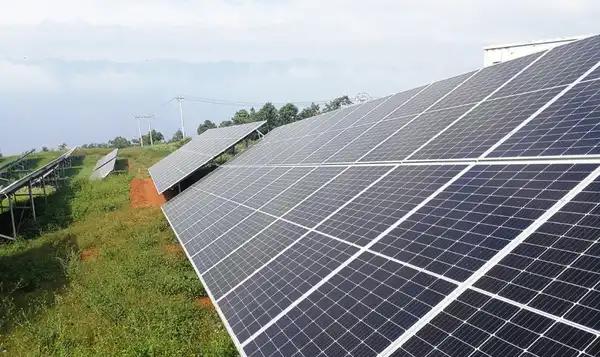Negative Electricity Prices in Europe: A Complex Energy Challenge
Germany recently experienced negative electricity prices lasting 4 hours due to excess wind power generation of 40 gigawatts. While seeming beneficial, this phenomenon reflects serious grid stability issues and economic inefficiencies in Europe’s energy transition.

The recent occurrence of negative electricity prices in Germany highlights the complex challenges facing Europe’s energy transition. This seemingly counterintuitive situation, where power generators pay consumers to use electricity, emerges from a perfect storm of factors affecting the European power market.
At the heart of this issue lies the rapid expansion of renewable energy, particularly wind and solar power. In Germany, renewable energy now accounts for approximately 30% of total power generation. While this represents significant progress in decarbonization efforts, it also introduces unprecedented volatility into the power grid.
The fundamental challenge stems from the mismatch between renewable energy generation and demand patterns. Wind turbines generate electricity based on weather conditions, not consumer needs. When wind generation surges during low-demand periods, as occurred recently in Germany, the grid becomes overwhelmed with excess power.
Traditional power grids were designed for consistent, controllable generation from conventional sources like coal and nuclear plants. The intermittent nature of renewables disrupts this model. While modern grids can handle some fluctuation, typically within 10% of total capacity, larger swings pose serious risks to grid stability.
Storage solutions could help address this imbalance, but current options remain limited. Pumped hydro storage requires specific geographical conditions, battery storage faces cost and efficiency challenges, and flywheel technology is still emerging. This leaves grid operators with few tools to manage surplus power besides price signals.
The negative pricing mechanism attempts to solve this through market forces, incentivizing increased consumption during periods of excess generation. However, this solution has significant drawbacks. Most residential consumers don’t benefit from these negative prices due to fixed-rate contracts with utilities. Instead, the financial benefits largely accrue to industrial users and energy traders.
More concerning is what negative prices reveal about systemic inefficiencies. They indicate that renewable energy infrastructure has been built without adequate consideration of demand patterns or storage capabilities. This creates a situation where clean energy goes to waste while simultaneously straining grid infrastructure.
This challenge extends beyond Germany to the broader European power market. The interconnected nature of European grids means that when one country experiences significant renewable generation, neighboring markets are also affected. This regional dynamic complicates efforts to maintain grid stability and efficient market operation.
The frequency of negative pricing events may increase as more renewable capacity comes online without corresponding advances in storage technology or demand management systems. This suggests a need for more comprehensive planning in the energy transition, including greater investment in storage solutions, improved demand response systems, and better regional coordination.
The situation also raises questions about the sustainability of current renewable energy incentive structures. When generators receive subsidies regardless of market conditions, it can lead to inefficient deployment patterns that contribute to grid instability rather than supporting reliable clean energy integration.